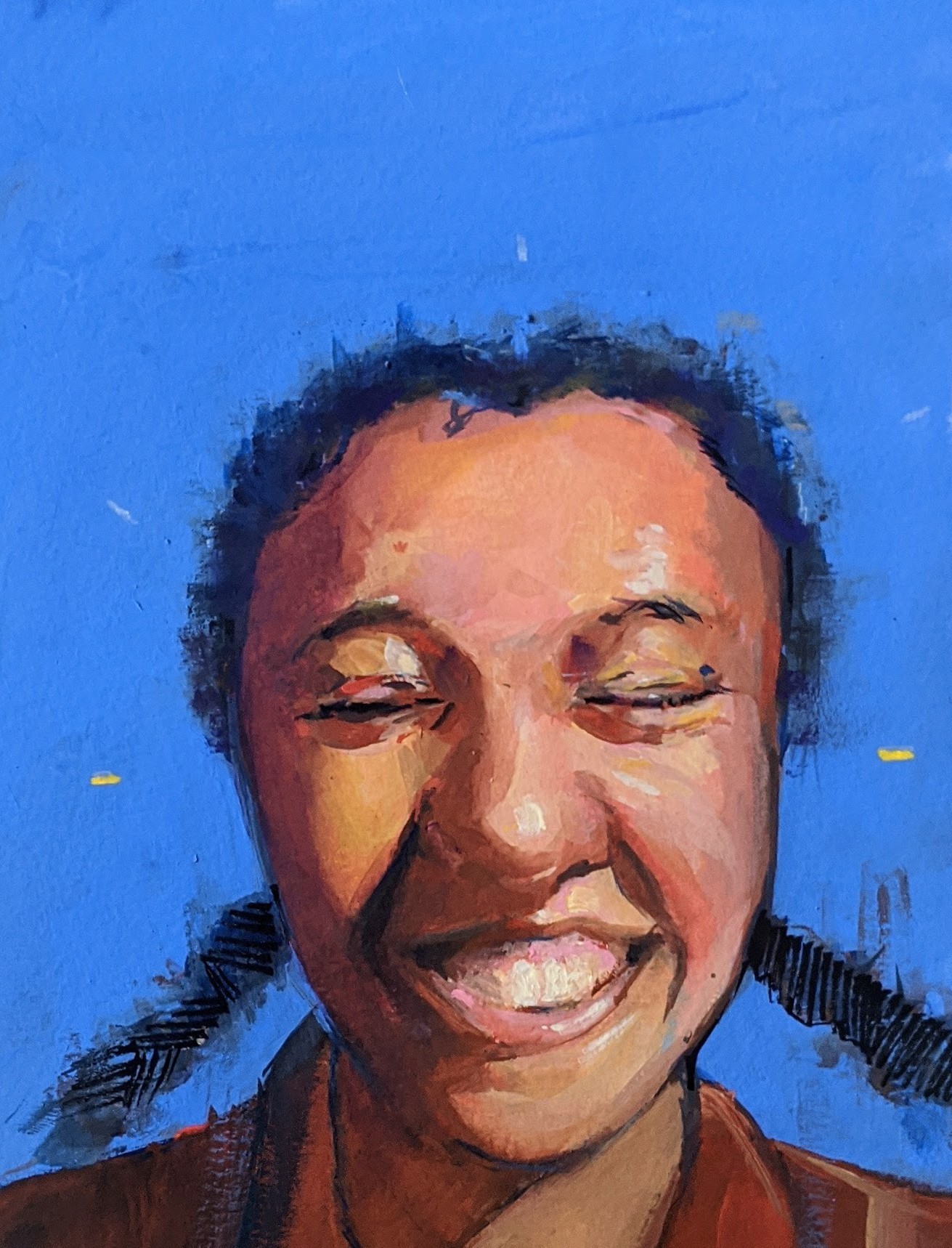We’re excited to introduce you to the always interesting and insightful Blane Asrat. We hope you’ll enjoy our conversation with Blane below.
Alright, Blane thanks for taking the time to share your stories and insights with us today. When did you first know you wanted to pursue a creative/artistic path professionally?
I grew up reading a lot of fiction and have always seen writing and drawing as twin mediums. I was one of those kids who made many little comic books and filled sketchbooks with characters and poems. I have never been a generalist and was always hyperfocused on creative work.
Before I really understood what a professional creative was, I was just trying to twist any and all school projects into ones that let me focus on drawing and writing. I think that just followed me into adulthood. I studied Industrial Design for my Undergraduate degree, and I found myself twisting every project that was given to me into one that was as focused on storytelling as I could manage. I see (and try to find) opportunities for injecting art into everything.
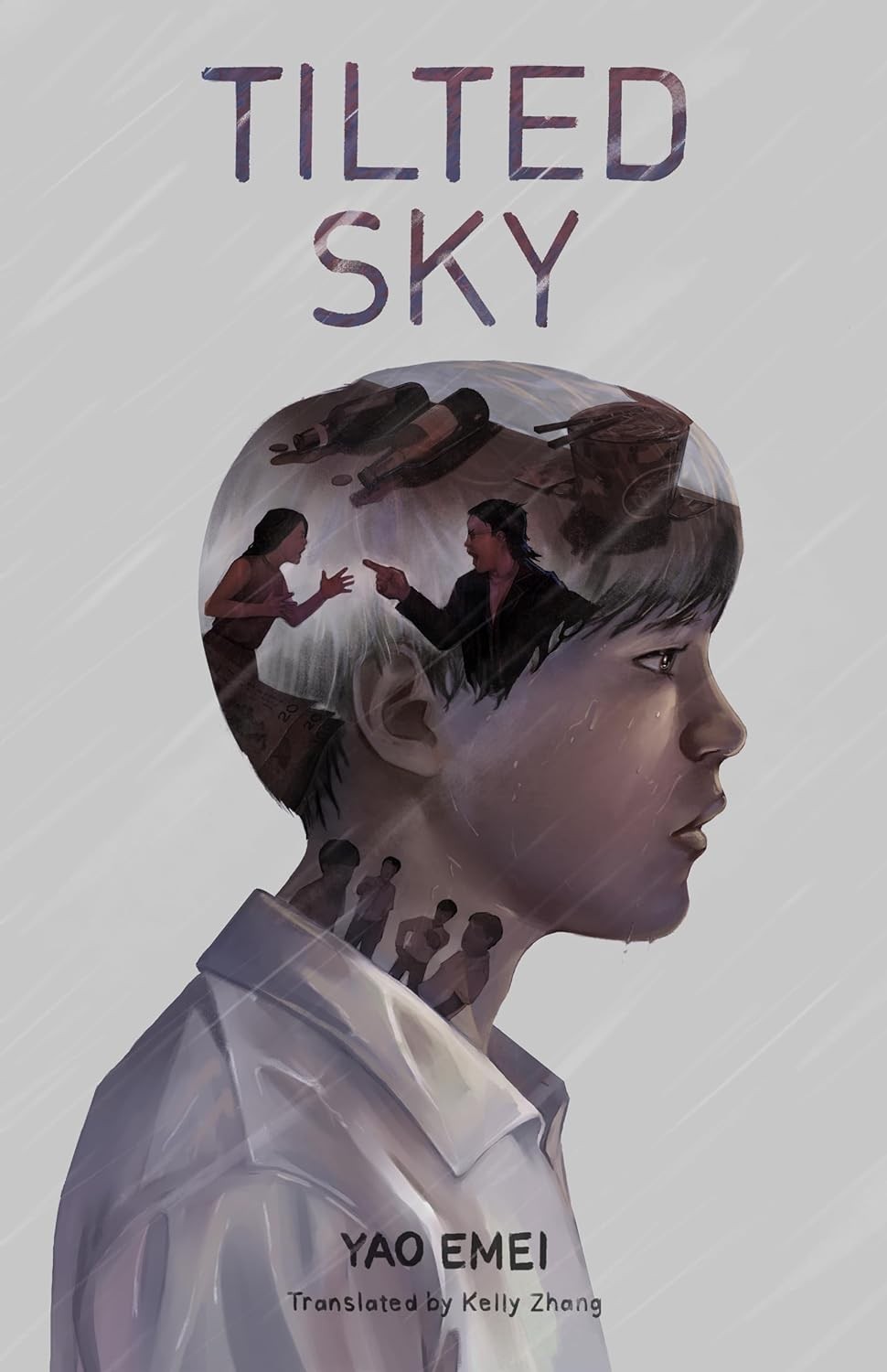

As always, we appreciate you sharing your insights and we’ve got a few more questions for you, but before we get to all of that can you take a minute to introduce yourself and give our readers some of your back background and context?
I graduated with a degree in Industrial Design in 2020, and have been freelancing as an illustrator and designer since then. I have mainly worked in the editorial and publishing field, making illustrations for articles and books.
As an editorial illustrator, I navigate the process of converting complex narratives into eye-catching visual pieces.
In this area, it’s important for the art to elevate the story, without distracting the reader away from the text.
As a book designer, I am working to create a product, that is a vehicle for the story, but also a stand-alone piece that a customer will want to purchase and cherish.
In both of these pursuits, I always stay focused on the question “What would this feeling look like if you could see it?”.
That phrase has been my guide for many years now. Even a single paragraph contains a texture, a set of colors, or a visual rhythm. I present clients and art directors with many visual interpretations of a key idea until we arrive at something that communicates the necessary concept with emotion and a clear purpose.

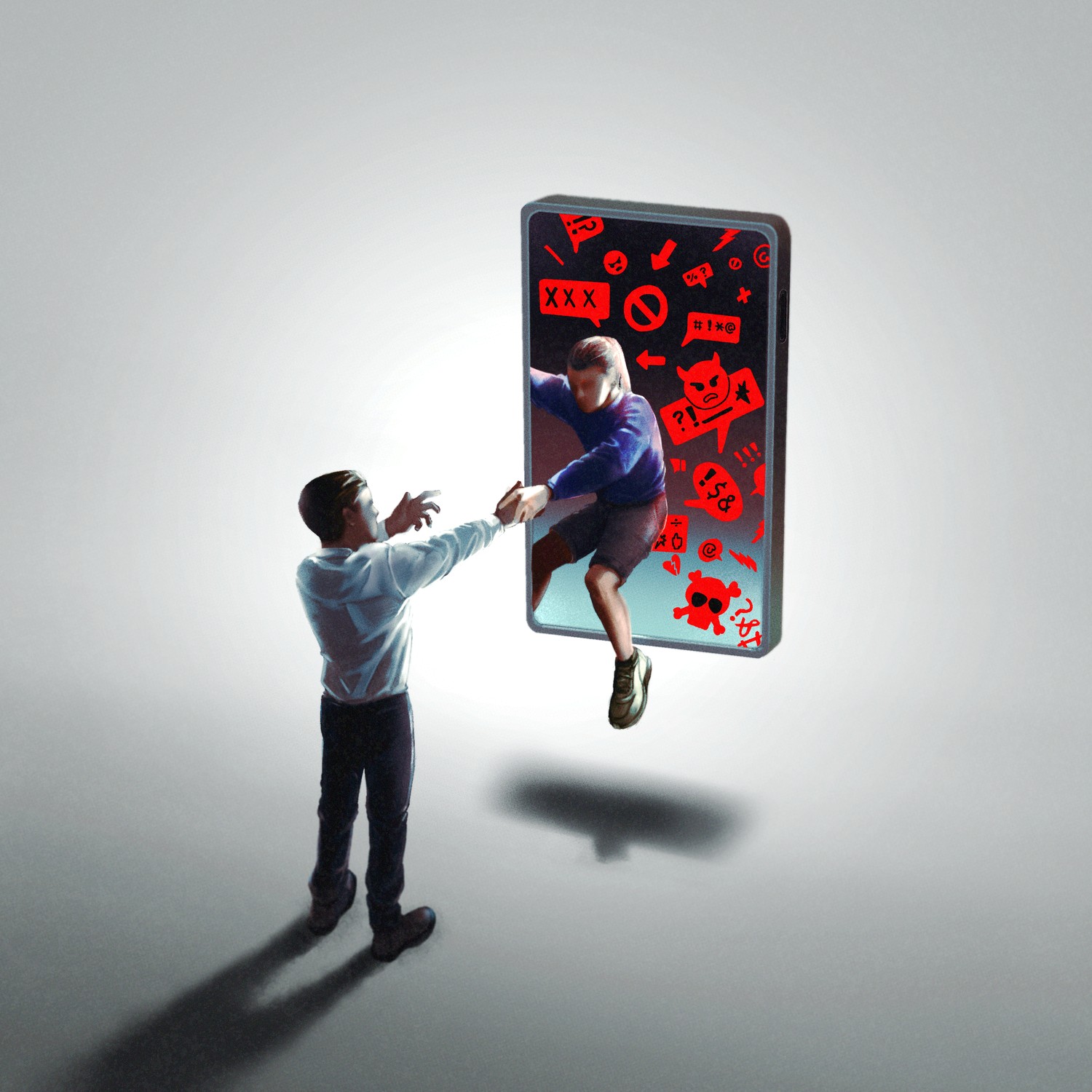
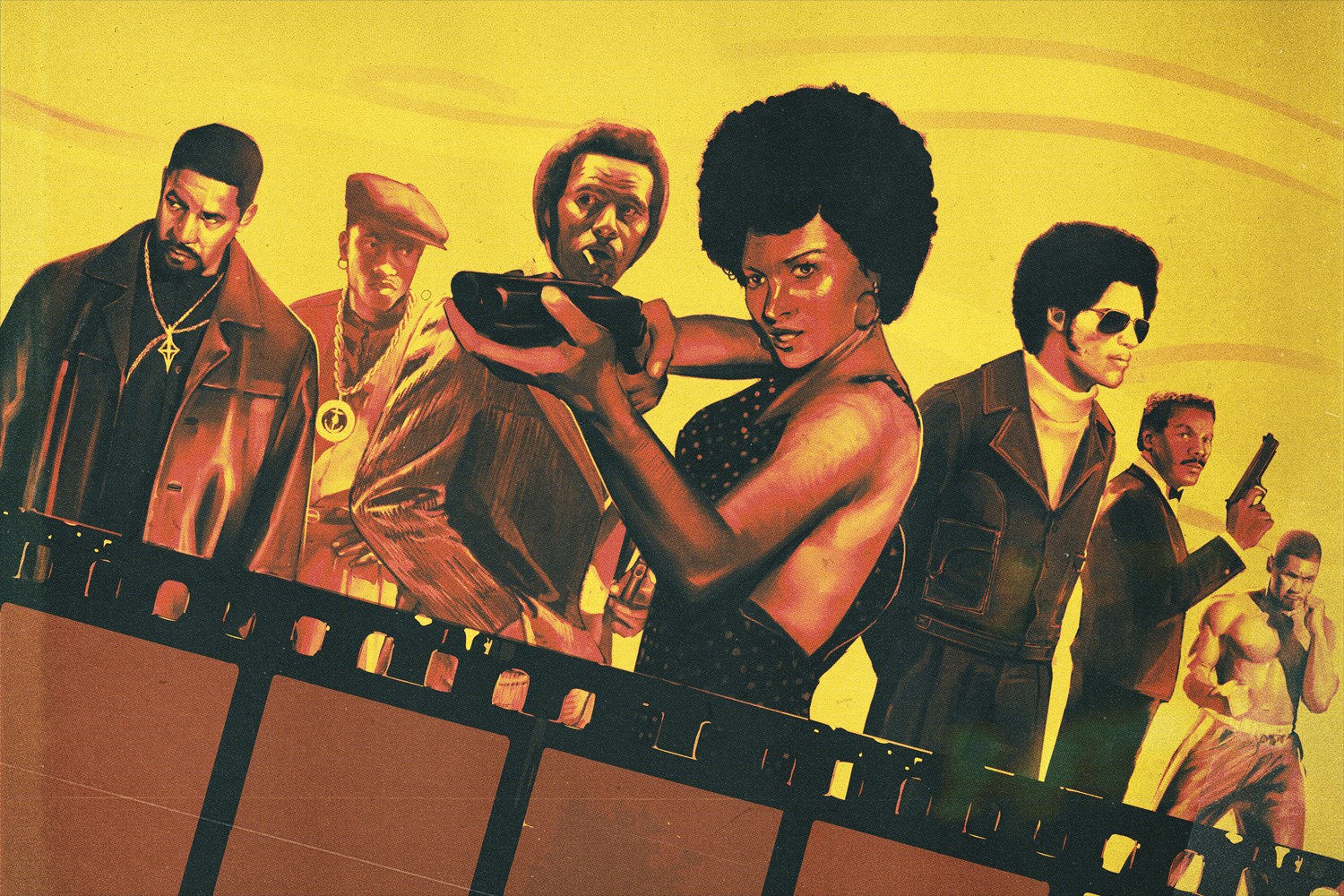
What can society do to ensure an environment that’s helpful to artists and creatives?
It may sound cynical, but I believe we are becoming increasingly disconnected from the source of the art, design, and stories we enjoy. As we move closer and closer to fully automated processes; an inevitable result of a system that requires us to maximize profits, I worry that we don’t value and respect human creatives enough.
I want to live in a world where people remember that the movies, comics, advertisements, and books that entertain and inspire them, were made by real living people.
Pursuing a creative profession is so often looked down upon, as opposed to a career in STEM or business. I don’t see how society can expect careers like mine to survive in the future if we don’t change our collective outlook, and compensate creatives fairly.
Storytelling has been around as long as humanity has existed, and will only continue to flourish if we value the humans behind it.
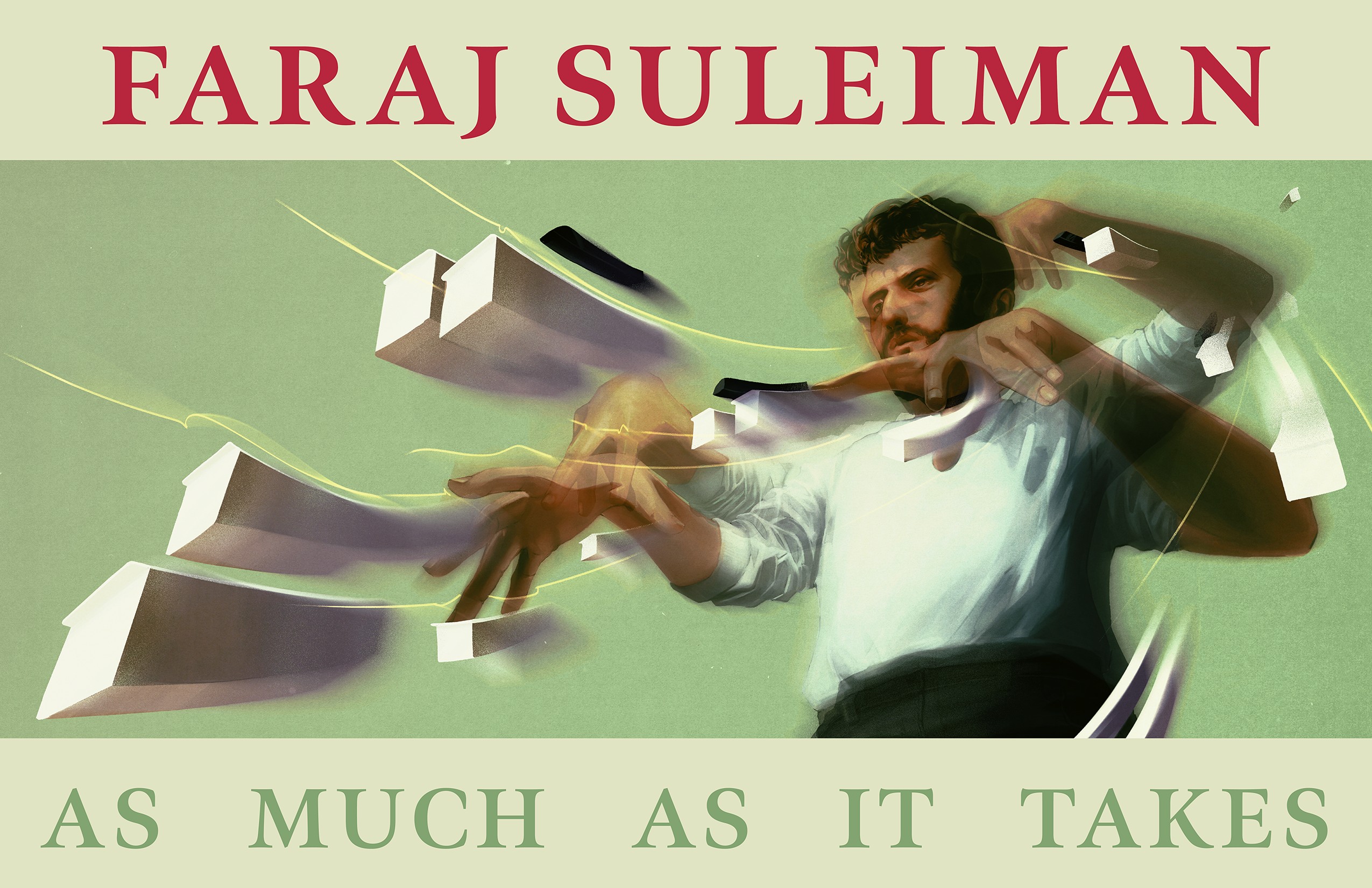

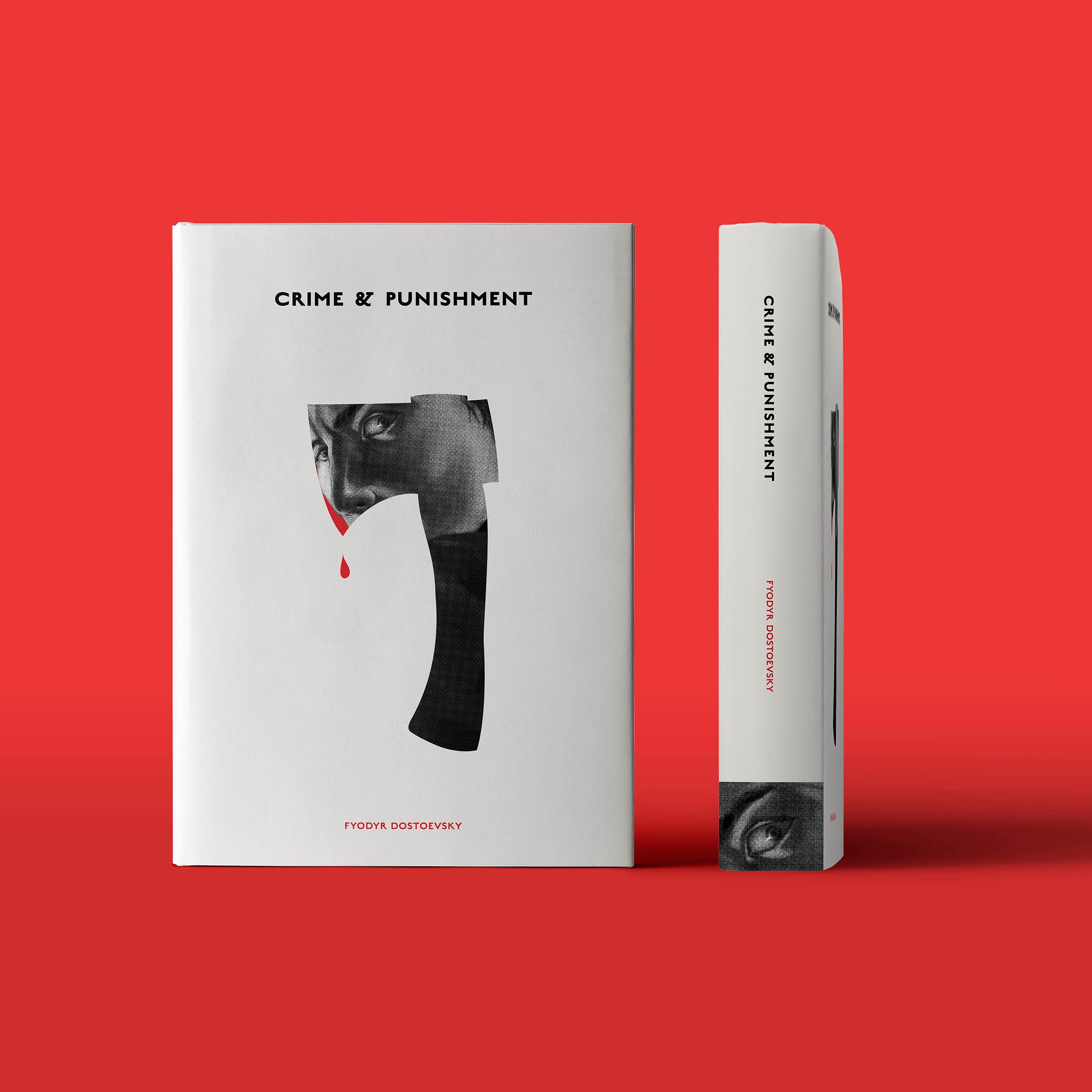
What do you find most rewarding about being a creative?
In my view, the most rewarding aspect of being a creative is having someone tell you how much your work has impacted them. I can’t think of a more fulfilling feeling, than receiving a message in which someone expresses how much they were able to relate to, or were inspired by a piece I created.
Contact Info:
- Website: artblane.work
- Instagram: https://www.instagram.com/art_blane/
- Linkedin: https://www.linkedin.com/in/blaneasrat/
- Twitter: https://twitter.com/art_blane
Image Credits
The book cover for “The Making of Yolanda La Bruja” was designed with Chindo Nkenke-Smith.


